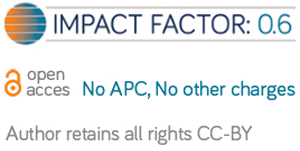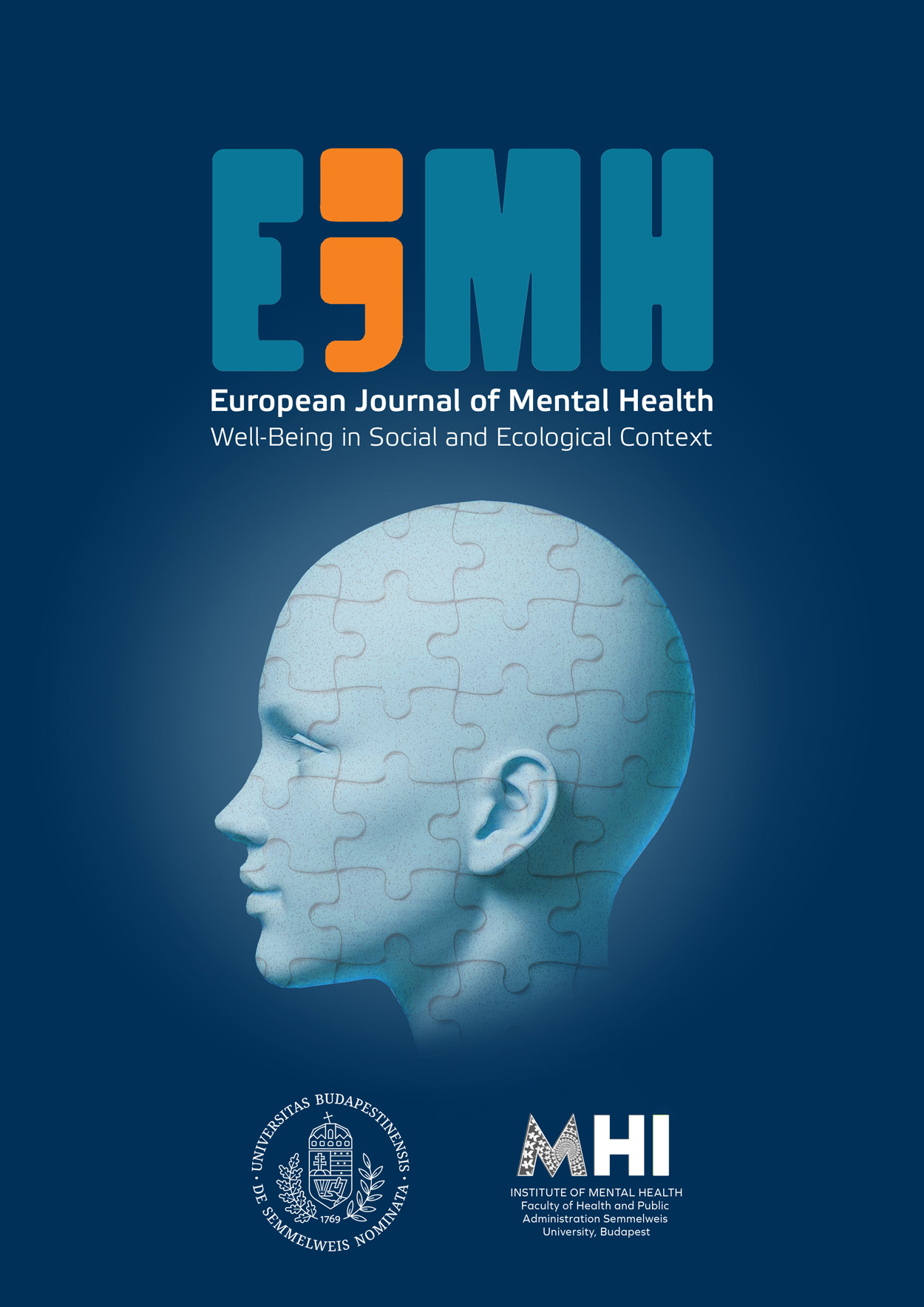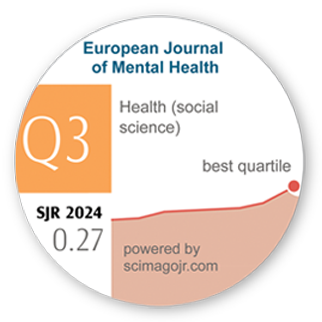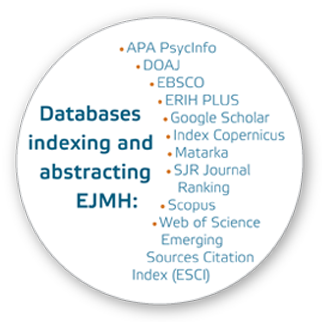The Predictive Ability of Type D Personality Pattern, Anxiety, and Depression in Cardiac Disease
DOI:
https://doi.org/10.5708/EJMH.16.2021.2.10Keywords:
Type D personality, cardiovascular disease, depression, anxietyAbstract
A growing body of empirical evidence suggests psychological and personality risk factors for cardiovascular disease in Western developed countries. This study expands that line of health research to a community sample of 309 Jordanians (half of whom were diagnosed with heart problems). Using the Distress Scale, Beck Depression Inventory-II, and State-Trait Anxiety Inventory, this study determined that Type D personality, depression, and anxiety have value in predicting cardiovascular disease. The results showed that older individuals with high levels of social inhibition are more likely to have heart disease compared to younger participants. Anxiety and depression were also potent risk factors. The emerging pattern confirms the cross-cultural validity of Type D personality as well as depression and anxiety indices in predisposing individuals to cardiovascular disease. This study calls for using a multiple-level-analysis approach combining personality and social influences. Patients and health providers can engineer health through psychological wellness and health-promotive behavior. Programs based on self-empowerment theory that target the roots of anxiety and depression, as well as the social inhibition and negative affectivity dimensions of Type D personality (e.g., rage, hostility), should be an integral component of any therapy or intervention.Downloads
Published
2021-12-09
Issue
Section
Articles
How to Cite
The Predictive Ability of Type D Personality Pattern, Anxiety, and Depression in Cardiac Disease. (2021). European Journal of Mental Health, 16(2), 196-209. https://doi.org/10.5708/EJMH.16.2021.2.10






